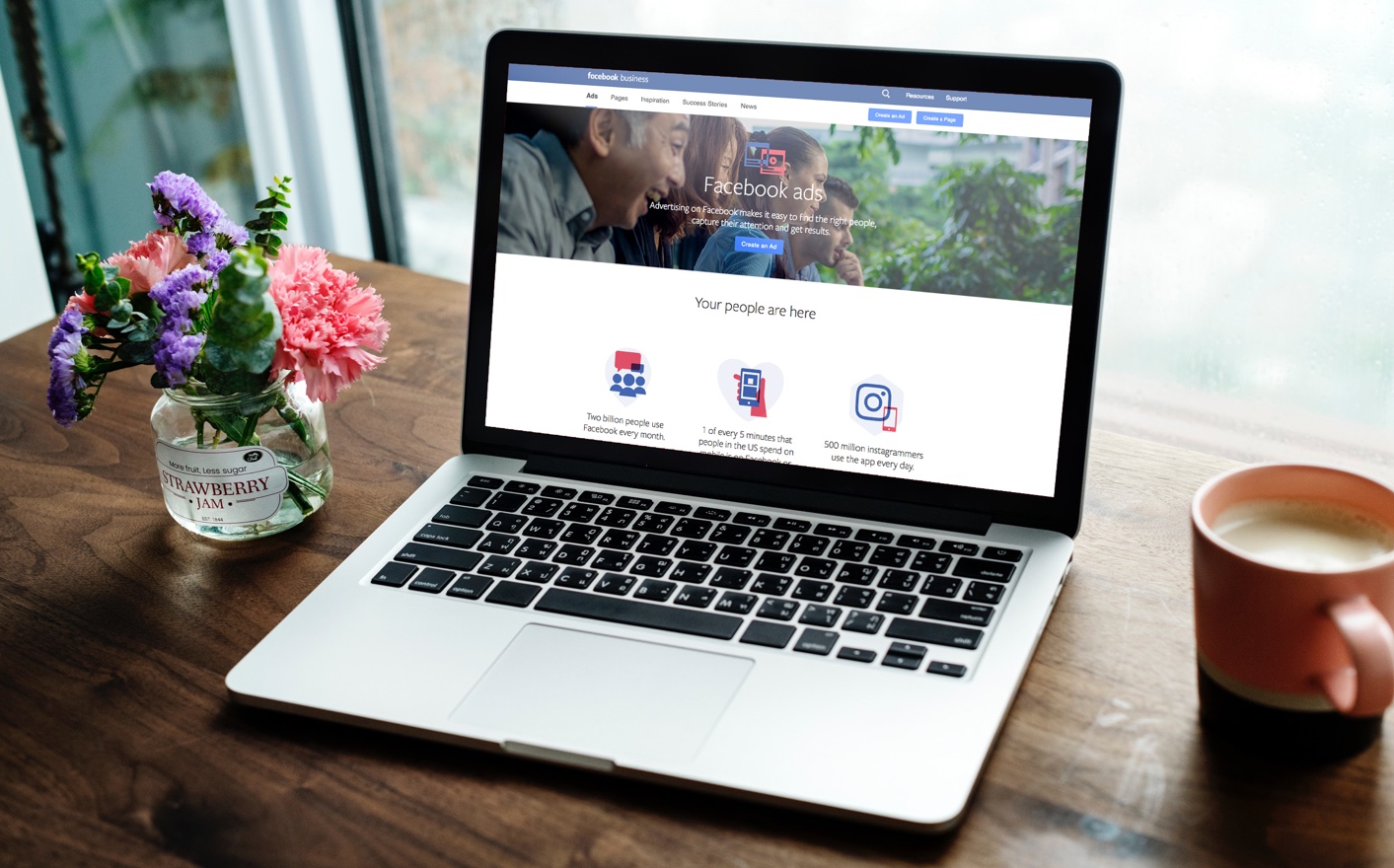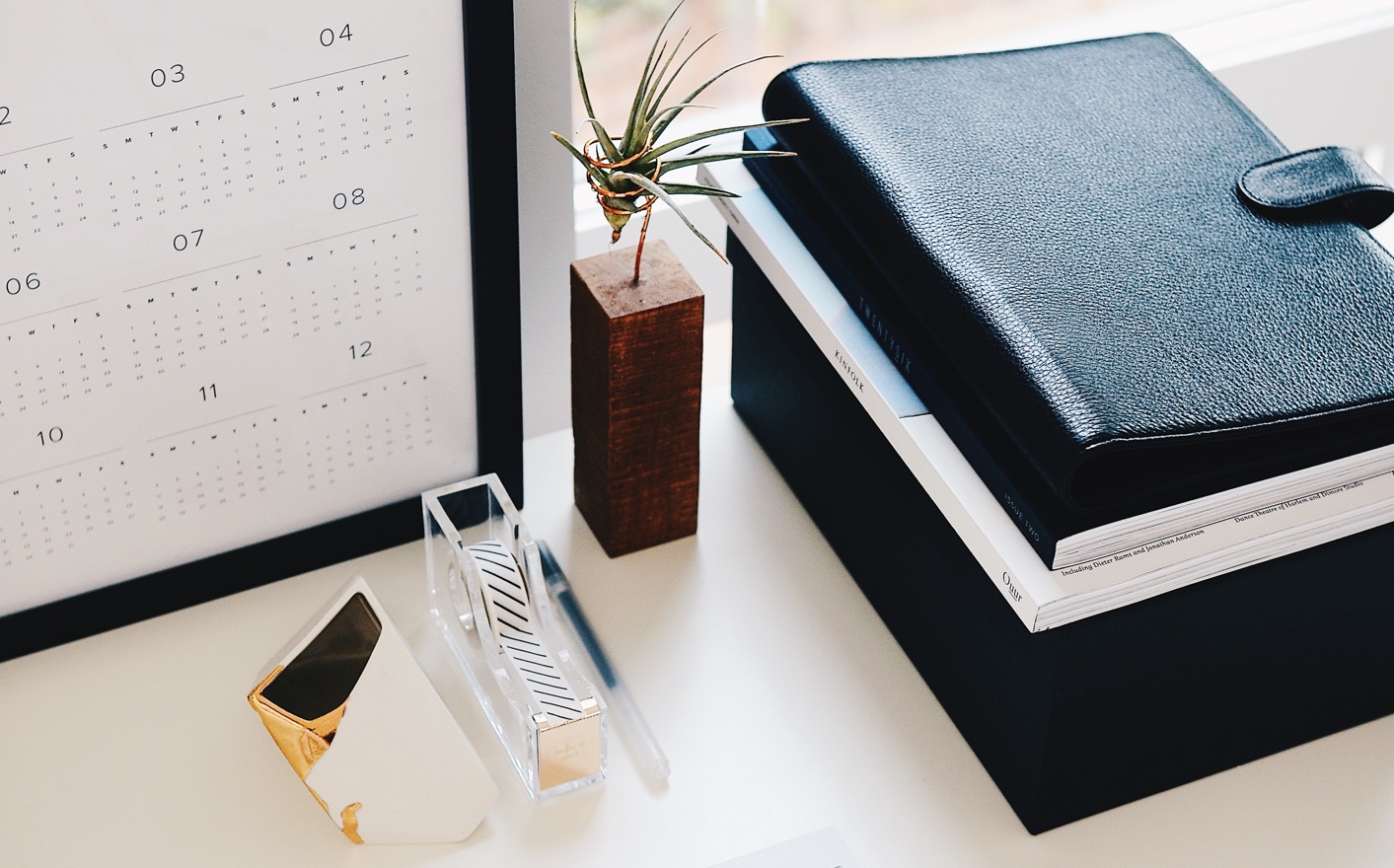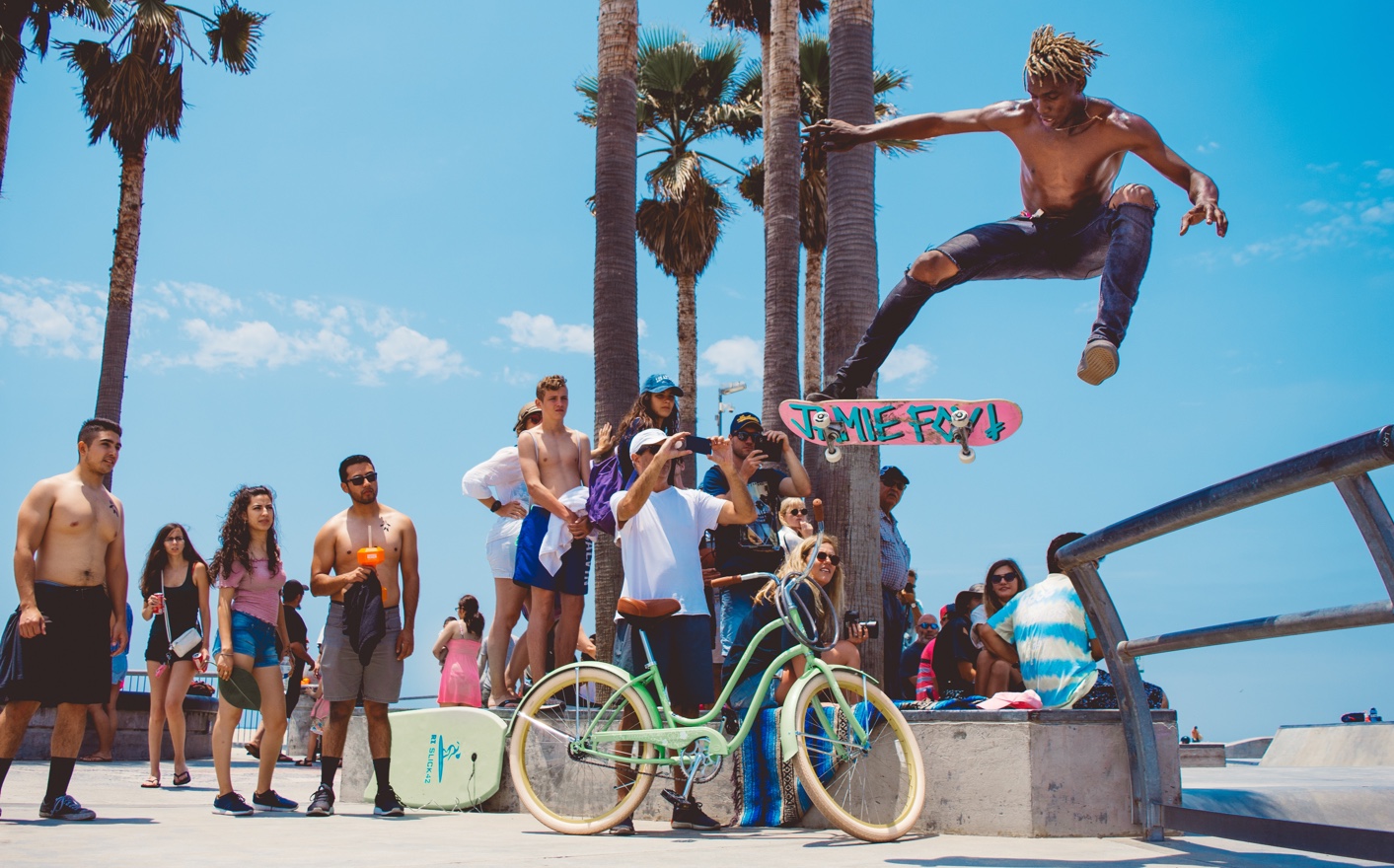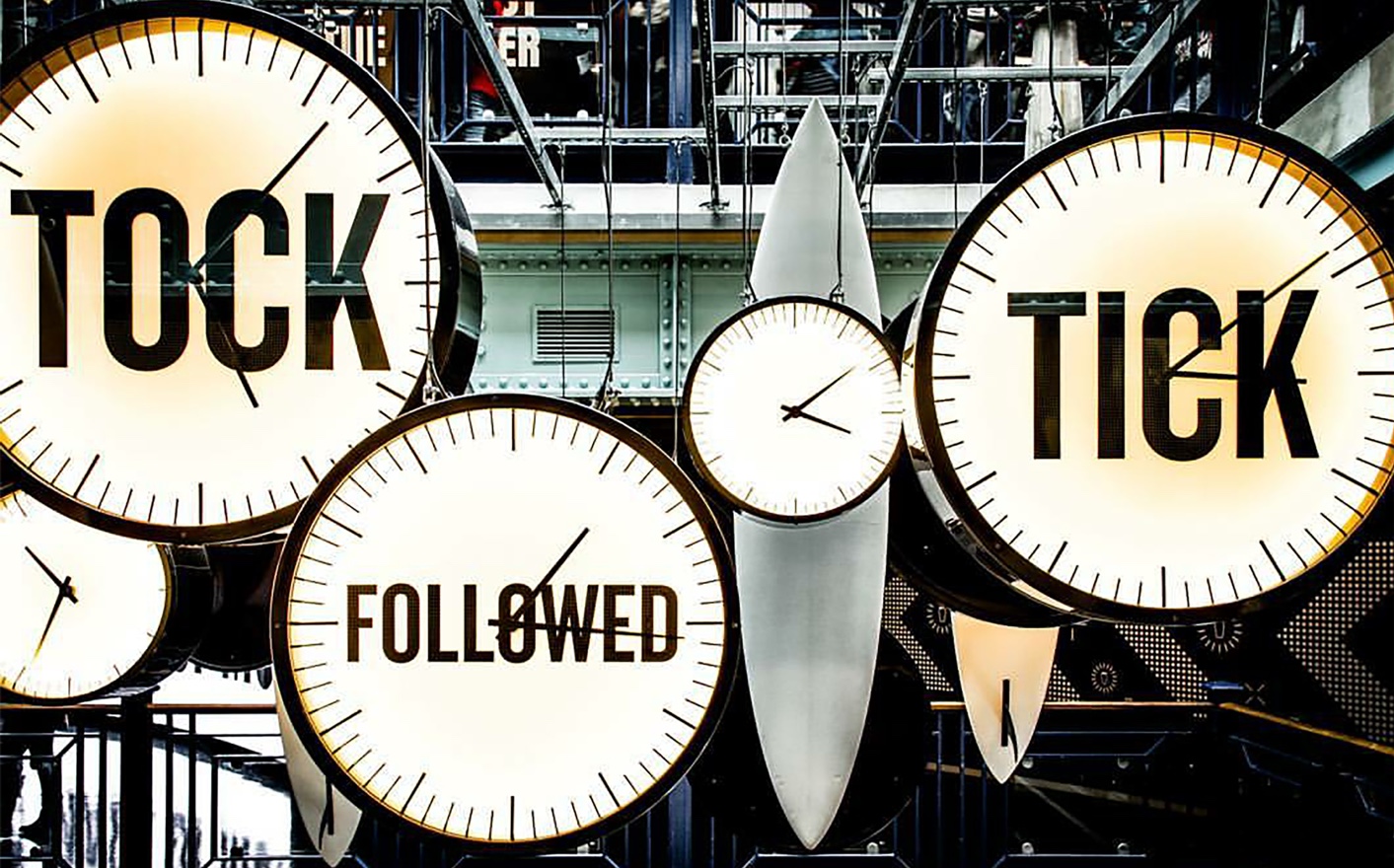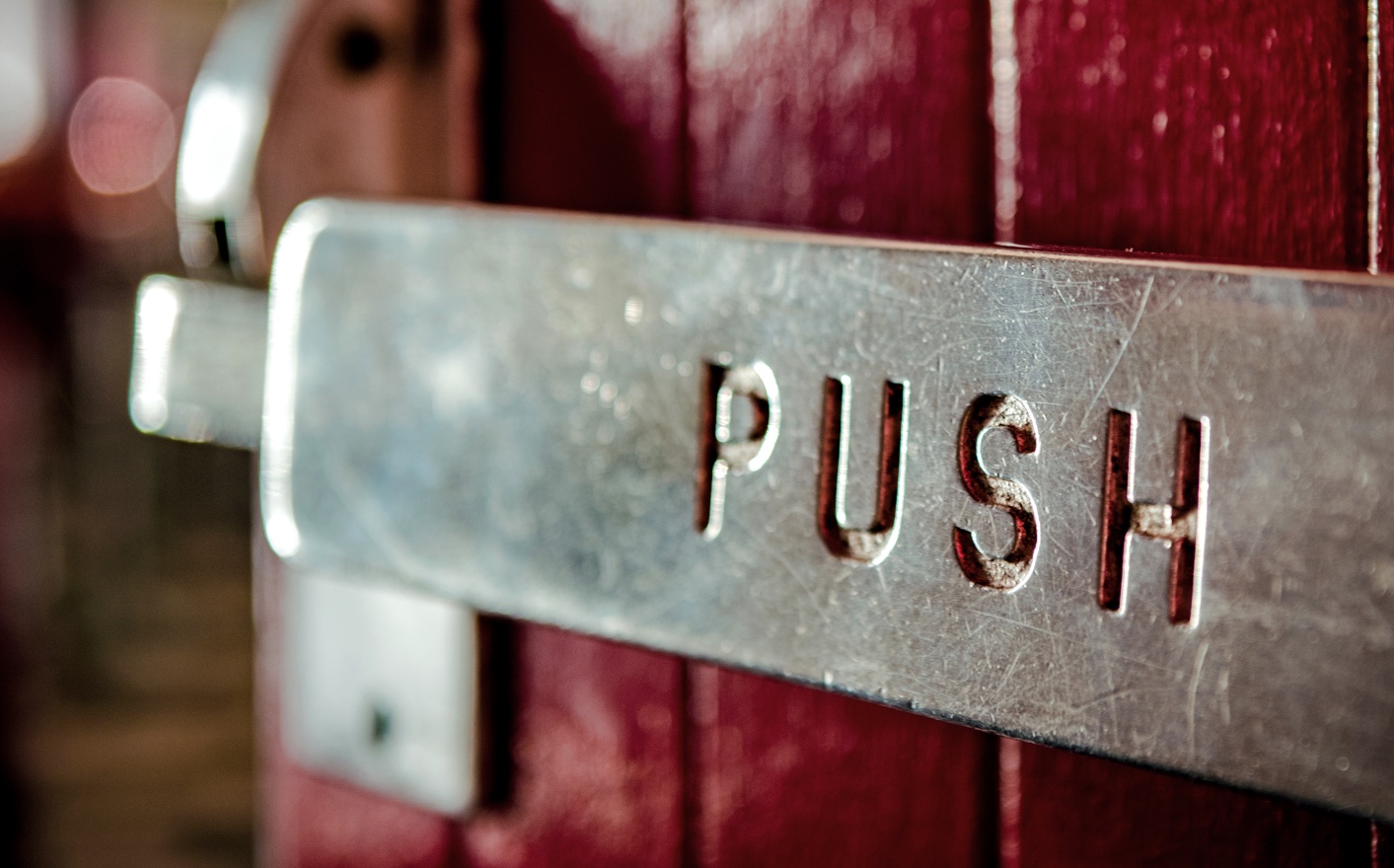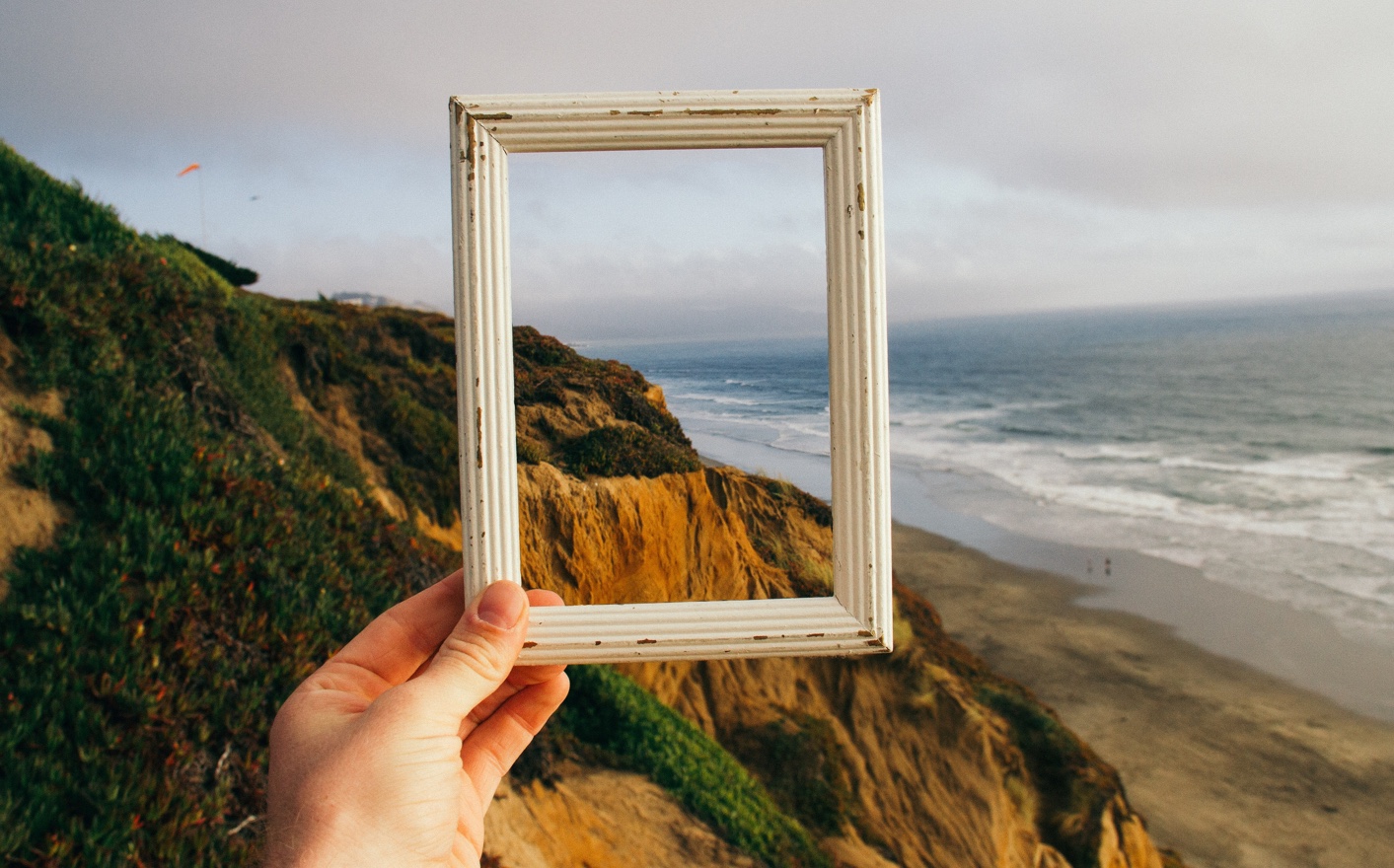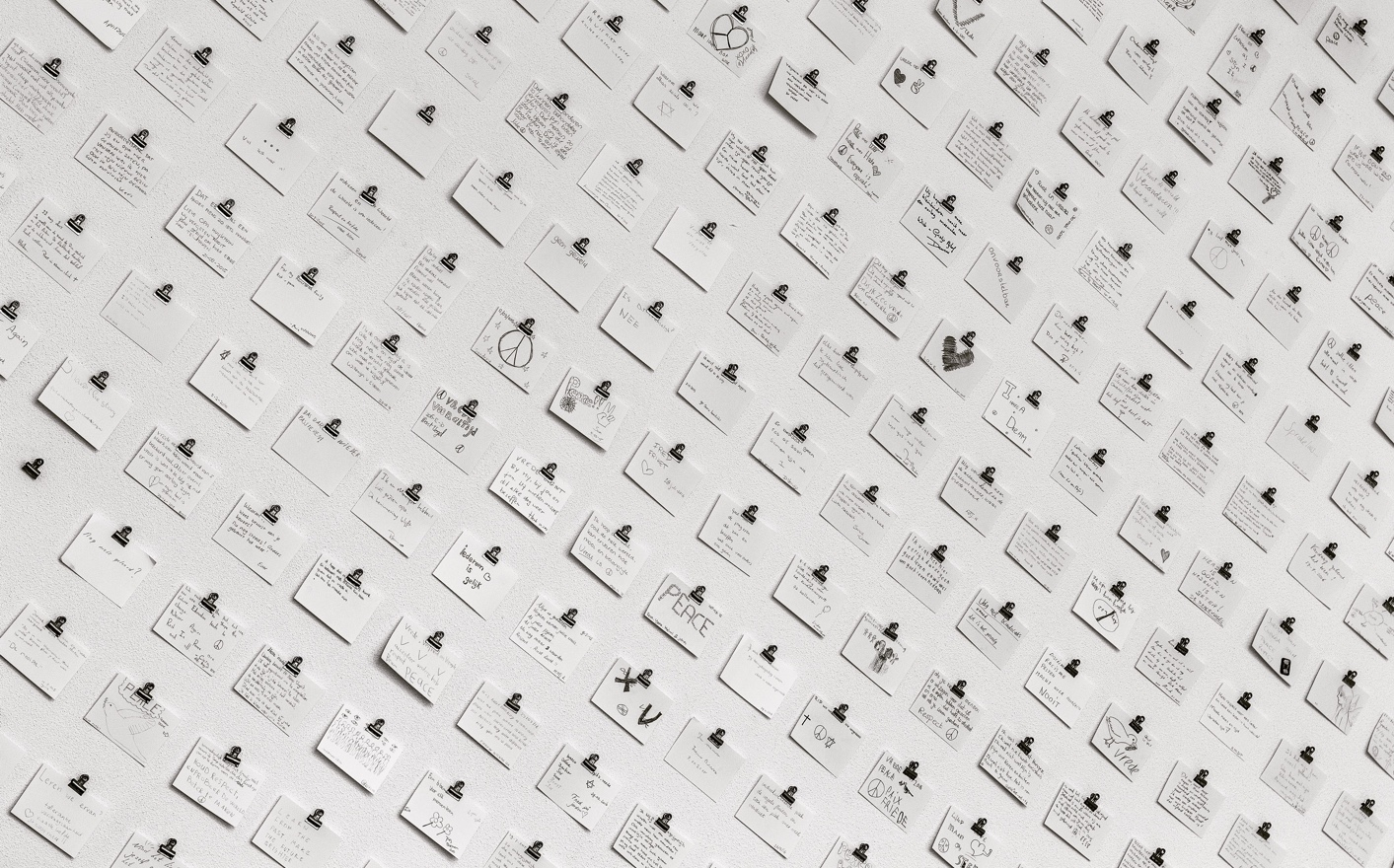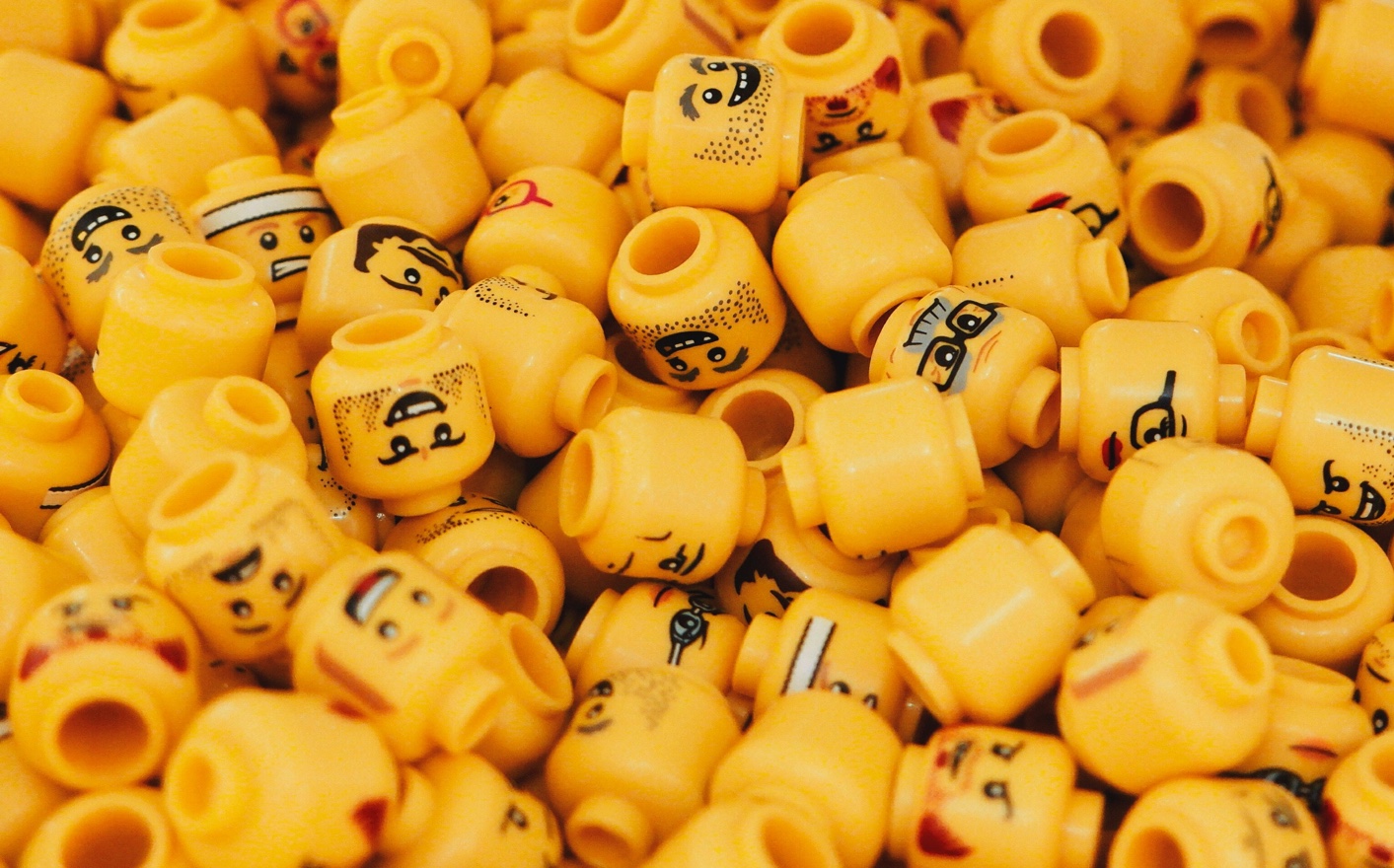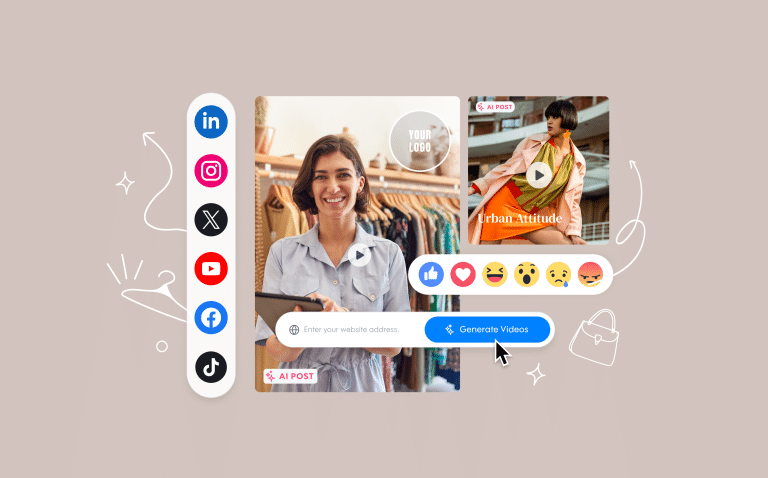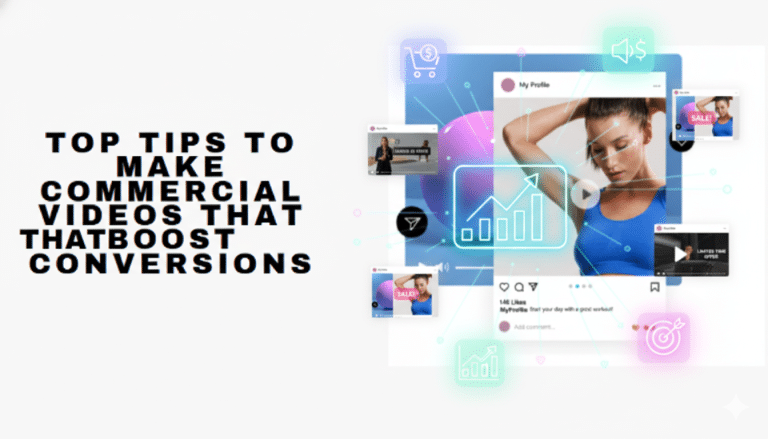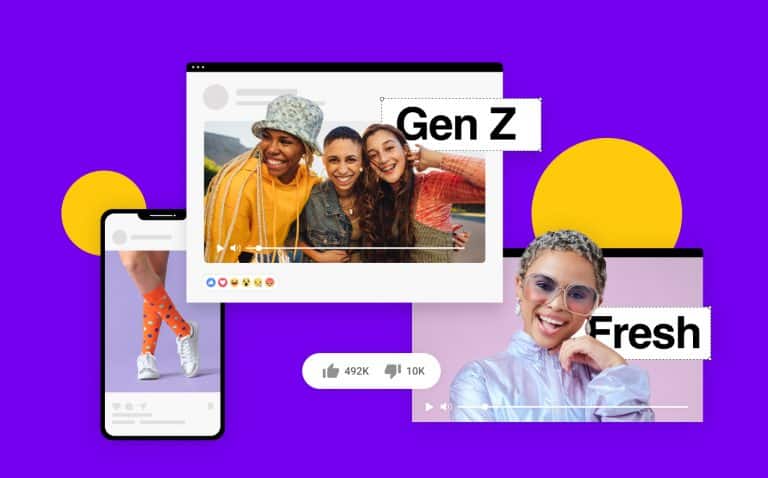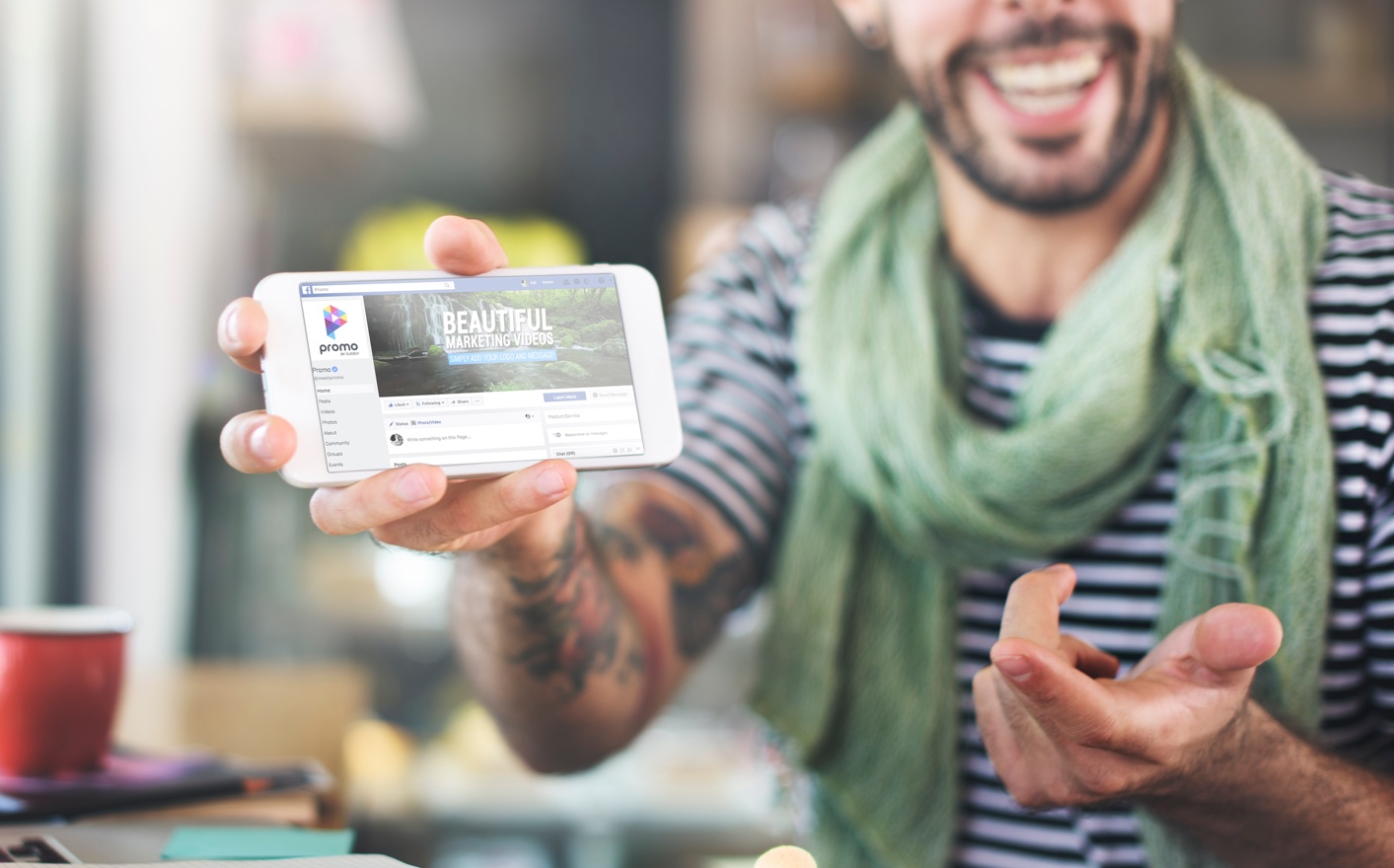
10 Tips For Using Facebook As A Small Business
In case you missed the memo, Facebook is pretty big. Like, really big. There’s a reason why every major corporation and pretty much every small business is on Facebook as well. The reason has its origins in bank robbery.
No, really.
Bank robber Willie Sutton, is rumored to have been asked why he chose to rob banks. His answer? “Because that’s where the money is.”
As a small business, why should you be on Facebook? Because that’s where your customers are. Facebook is a powerful tool for local marketing and is being leveraged all over the country by businesses just like yours.
Intimidated? Relax, we’re not robbing banks here. We’re about to show how you can use Facebook ads, professional videos, and simple content marketing strategies to be successful.
1. Use Facebook Ads
From videos to images, Facebook ads are a great way to promote your products, grow your audience, and boost your reach. Their powerful targeting capabilities allow you to set the geographic range of your ad as well as the type of customer you want to see your ad. What’s more, you can set your own budget and reach hundreds, if not thousands, of potential customers – check out these Facebook hacks to help you find success, fast!
If the name of the game is local marketing, use Facebook’s targeting tools to your advantage and reach that local audience!
2. Create A Content Schedule
A big question regarding Facebook for small business is “how often do I post?” The truth is, it doesn’t matter as much how often you post, but rather that you are consistently putting out good content. If you only post when you feel like it or go weeks without engaging with your audience, you aren’t likely to see many positive results. Create a content schedule and adhere to it. How often should you post? That depends. This HubSpot article has loads of useful data on the subject.
As a small business, posting 10x a day probably isn’t practical or necessary. Some sites will tell you 2x a day is good. In the earlier days, when you’re building up your audience consider this: post often and post consistently. If that’s twice a week that’s probably a good place to start.
3. Engage Your Audience
Facebook posts work best when they ask the viewer to get involved. It’s all well and good to post pictures of your products, and you absolutely should. However, the key is to engage your viewers and not just speak at them.
Popular Facebook engagements prompt readers to share the post with friends, ask for their feedback on a design idea, or ask the audience to share their personal stories around your product.
A local restaurant might ask their audience what specials they’d like to see, what their favorite SuperBowl snacks are, or their favorite summer cocktail, etc. Be creative and get the audience involved.
4. Respond to Comments
Remember, Facebook is about engagement. When your audience responds, respond in kind. Thank them for their suggestion, tell them what a great picture that is that they just shared with you, etc. People like knowing that someone is paying attention, and they appreciate it when brands respond.
5. Yes, That Means The Negative Comments As Well
No one likes negative comments, but don’t ignore them. Respond quickly and professionally. If possible, try to take the conversation offline or at least to a more private medium.
Often, customers are venting frustration with something that went wrong. Their anger may even be warranted. By addressing the negative, you’re letting the customer know that you’re paying attention and that you care. Bonus: you’re also letting anyone else who’s paying attention know the same thing.
6. Experiment With Timing
Your audience has a lot of memes, political arguments, and cat pictures to weed through in their news feed. Don’t be alarmed if you sometimes feel as though your content is being buried because it probably is.
Experiment with the timing of your posts and schedule them in advance. Generally, the best times to post on Facebook are Mon, Weds, Thurs, and Fri between 12-3pm. However, this is a guideline so don’t be afraid to experiment a bit until you find a posting schedule that works for you.
Facebook page insights can help show you which of your posts are seeing the best reach and engagement as well as what day/time they were posted. Facebook has useful analytic tools, so make sure you explore and use them!
7. Add A Call To Action Button
Facebook allows you to add a CTA directly to your page. The CTA is located underneath the cover photo and should be relevant to your business. If you’re a local small business, it might be a prompt to make reservations, visit your website, or “Call Us!”
Whatever action you want customers to take, ask them to take it with a Call To Action.
8. Use A Great Cover Photo
The cover photo or Facebook cover slideshow for your page is the largest image a customer sees when they visit, so make it a good one. This can be a great image of your flagship product, a straightforward company message, or more. Get creative with it!
9. Pin Important Posts
Facebook page posts don’t have a long shelf life, but the pinned post at the top of your page does. If your small business is taking part in a local event, promoting a new product, or running a special deal: PIN IT!
A pinned post locks that post to the top of your Facebook page and will be the first post a viewer sees when they visit your page. Pinning is easy and posts can be pinned indefinitely, temporarily, or easily replaced with a new pinned post.
10. Diversify Your Content
The written word is great, but media-driven posts with images and/or video see the highest engagement rates. In fact, video outperforms pictures, links, and text-based updates in both reach and engagement.
Your small business should be posting various content types to mix things up and keep it interesting, but definitely, do not ignore video. A beautiful, compelling video ad is worth its weight in gold.
Now Go Kickstart Your Local Marketing
Facebook is a powerful local marketing tool for small business. From ad targeting to customer engagement, you have the power to reach and speak to your audience in ways you never imagined using professional quality video ads, Facebook’s powerful targeting features, and more.
